"CJKV Information Processing" 2E Humor & Easter Eggs
For those who have read all or parts of my latest book, CJKV Information Processing (Second Edition), published by O'Reilly Media at the end of 2008, or who reference it when necessary, this article should be of interest. I did post all of these to my Twitter account on October 11, 2013, but I figured that it was also good to include them in a single article that is easily referenced.
In addition to writing the entire book, I also typeset the entire book, except for its cover. This included compiling the Index. This allowed me to inject a bit of humor into the book, to include hidden messages. While this article is not a complete account of the easter eggs (イースター・エッグ in Japanese), some of the more memorable ones are chronicled here. In other words, this article does not include a complete list of them.
We start with page xxv in the Preface. The first letter of the first word of the first four paragraphs form an abbreviation that readers may recognize:CJKV

Every (numbered) chapter in the book is the same, meaning that the first letter of the first word of the first paragraphs form an abbreviation or spell a word.
Chapter 1:HELLO
Chapter 2:RMK(the clue to what this abbreviation means is in the Glossary on page 786)
Chapter 3:INFI(the clue to what this abbreviation means is in the Glossary on page 772)
Chapter 4: (the same as Chapter 3)
Chapter 5:IME(Input Method Editor)

Chapter 6:OTF(OpenType Font)

Chapter 7:TYPE

Chapter 8:IRG(Ideographic Rapporteur Group)
Chapter 9:RUBY(my daughter's name)

Chapter 10:HITOMI(my wife's name)
Chapter 11:EDWARD(my youngest son's name)
Chapter 12:TTFN
The last portion of the highlighted text from page xxvi of the Preface is a reference to The X-Files TV series:

The highlighted text below is from page xxxiii of the Preface:

Interestingly, I am still the only Adobe employee who has pronghorn antelope trophies mounted on his office wall. With my latest specimen (don't click that link if you don't want to see a photo of me with a just-harvested pronghorn antelope), which was harvested at 9:31AM on October 10, 2013 in the NE corner of Wyoming at a distance of 185 yards, the total comes to ten.
The footnote on page xxxiv of the Preface tells of Michael Slinn's suggestion for a different cover animal:

The first footnote on page 15 in Chapter 1 comes from an observation I made in the men's restroom at Morisawa's Osaka headquarters during one of my visits there:

The second and third footnotes on page 17 in Chapter 1 are mildly amusing, in particular the "S32S" reference in the second one. Clues are on page 787 in the Glossary, and on page 859 in the Index.

The footnote on page 28 in Chapter 1 has a Star Trek: The Next Generation reference:

The footnote on page 52 in Chapter 2 is not humorous per se, but does explain why some Korean fonts cannot completely render some Japanese text, specifically referring to the high-frequency katakana long vowel mark (ー; U+30FC):

The following paragraph on page 149 in Chapter 3 makes me wonder when the KPS 9566 standard will be revised to include the three characters 김정은:

The footnote on page 177 in Chapter 3 refers to the word assume as an acronym:

The bottom of page 183 in Chapter 3 includes yet another reference from The X-Files:

The footnotes on pp 202, 205, 209, and 211 in Chapter 4 are connected:




The first and second footnotes on page 262 in Chapter 4 are somewhat humorous, especially the second one:

There is a chunk of Base64-encoded text on page 293 in Chapter 4:

It decodes as follows: I am wondering how many people will actually type this in to find out what it says. Well, it doesn't say much.
The first and second footnotes on page 329 in Chapter 5 include TV and movie references:

The footnote on page 348 in Chapter 5 is in reference to there having being books written using a mobile phone as the means of input:

The first footnote on page 380 in Chapter 6 began in my first book, Understanding Japanese Information Processing (O'Reilly Media, 1993), and grew larger in each subsequent book:

The first footnote on page 382 in Chapter 6 is a reference to an anecdotal full form of the OCF abbreviation:

The second and third footnotes on page 452 in Chapter 6 are meant to be amusing:

The section title on page 459 in Chapter 6 is a derivation of the infamous All your base are belong to us sentence, and the third footnote is meant to be amusing:

The second footnote on page 478 in Chapter 7 includes Star Trek: The Next Generation and James Bond references:

The fifth footnote on page 641 in Chapter 10 is in reference to Wine (WINdows Emulator):

The sixth footnote on page 716 in Chapter 12 includes a quote from Alien: Resurrection:

The footnote on page 737 in Appendix C refers to my daughter:

Finally, if you read to the end of this article, I encourage you to peruse the Glossary and Index of the book, because they are filled with other odds and ends that are meant to be humorous.

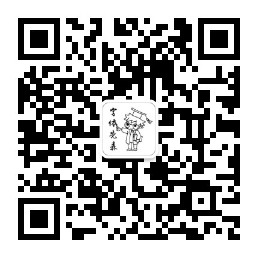




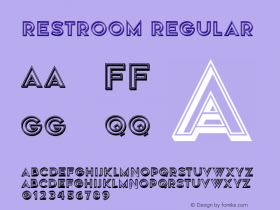












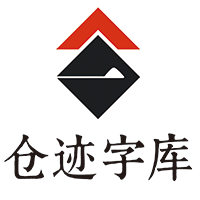

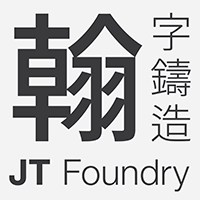


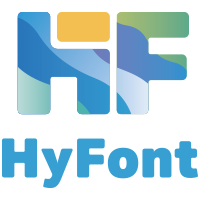









 闽公网安备35010202000240号
闽公网安备35010202000240号